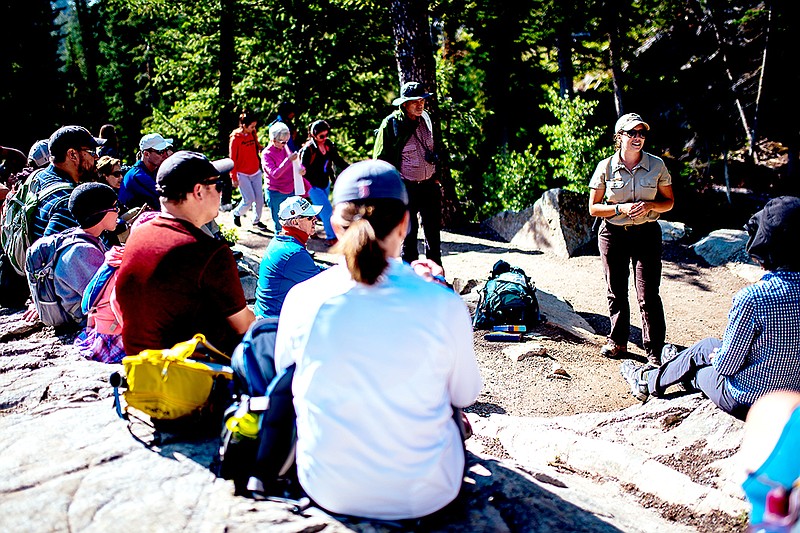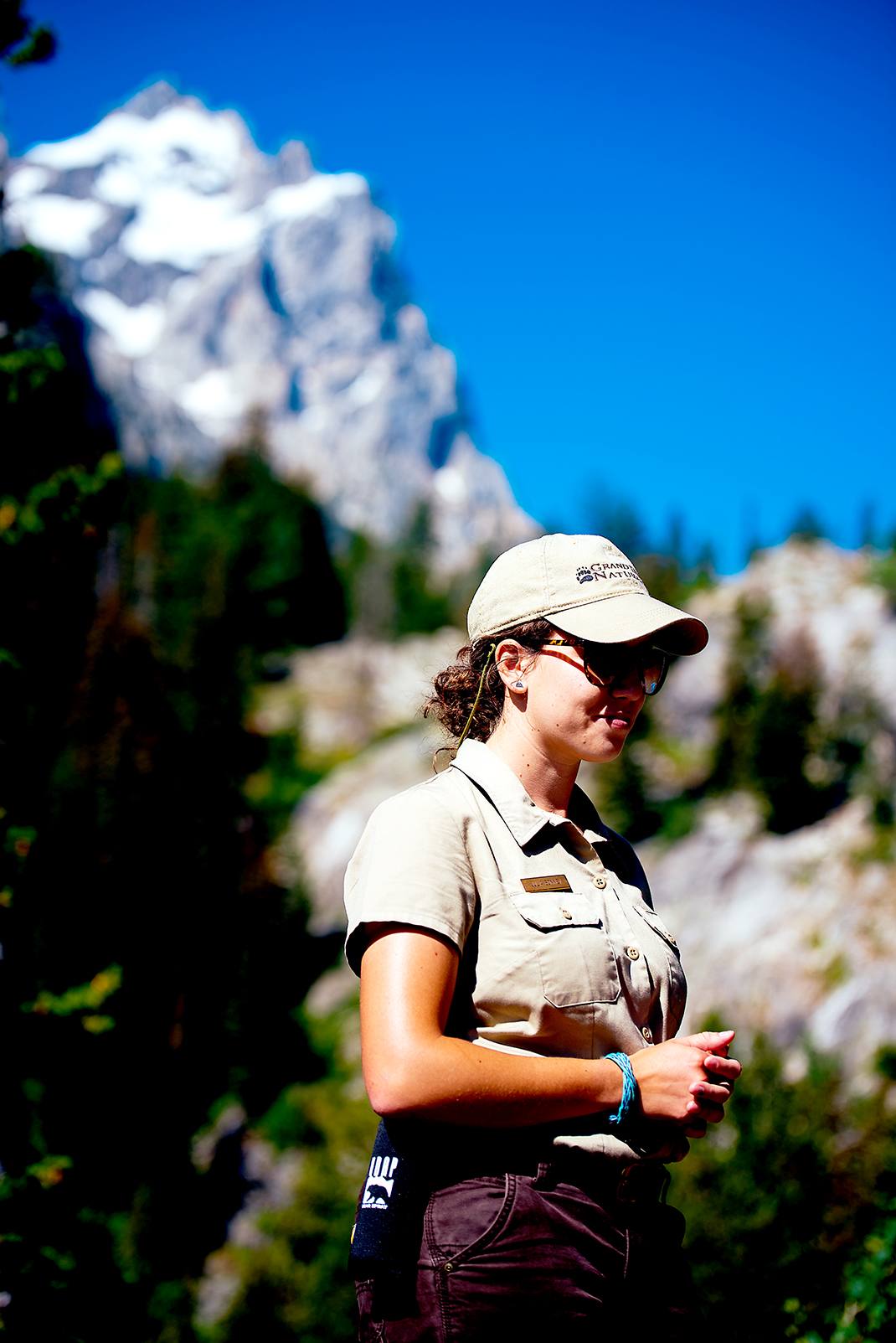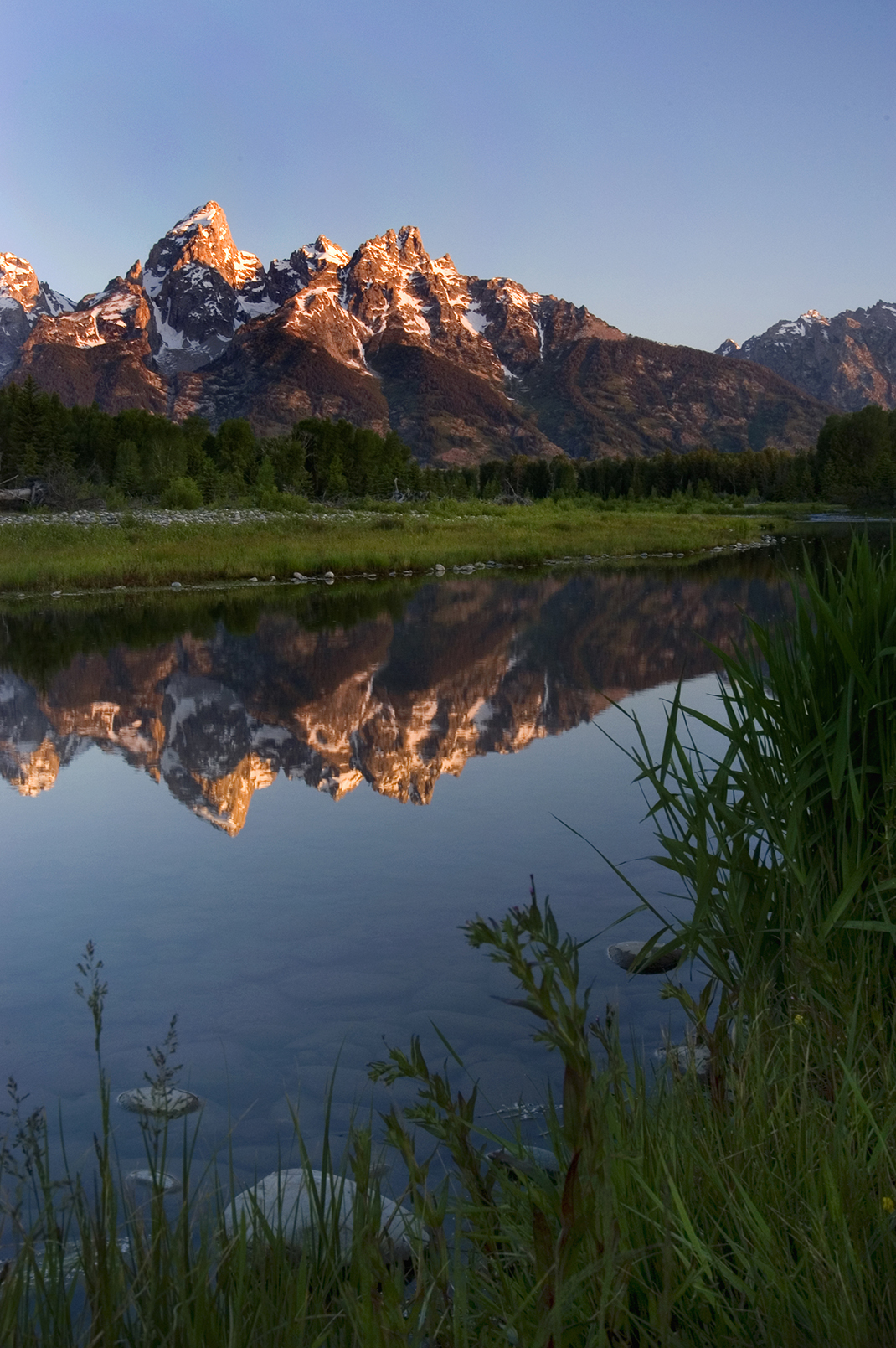In 2017, the summer after I graduated from Southern Adventist University, I was lucky enough to land a job as associate ranger of interpretation in Grand Teton National Park. Despite it being one of the more visited parks, I found many of the 4.5 million annual visitors were surprised by its existence. A day trip down from Yellowstone left them staring slack-jawed at what's arguably one of the most impressive mountain ranges in North America. "How is this place real?" was asked daily. I was overjoyed every time I heard those words. Here was another person ready to return home and share the wonder they had found. Here was another person who saw value in keeping the land safe.
National parks are more popular than ever before. In 2015, visitation numbers topped 300 million for the first time. Beating out this 5 percent increase over 2014 was a more than 7 percent increase the following year, when more than 330 million people turned out for National Park Services' centennial celebrations. And the trend has continued. Last month, the nation's most-visited park, Great Smoky Mountains National Park, announced that it had, for the fourth year in a row, set a visitation record with 11,338,894 visitors in 2017. This trajectory has led some to ask, "Are we loving our national parks to death?"
As an interpretive ranger, my job was to help connect people to the park and its 310,000 acres. For the most part, this meant directing visitors to the restroom and informing them that, yes, bears do live in the area. But as the summer rolled past, I began to collect the stories of those who visited and why they found the park to be important.
There were the dozens I pointed toward trails who returned full of stories. They had seen a marmot, or a moose, or a waterfall that was better than any description. There were the children, bursting with curiosity and overjoyed at seeing their first bison or achieving Junior Ranger status. And there were those who simply thought they'd never get to experience a place so untamed and free. The area where I worked was in the middle of a massive renovation to update the visitors center and allow paved access to one of the park's main attractions, Jenny Lake. Many fought the changes, claiming they would take away the wild. But for many others, the paved path to the lakeshore opened the park up by allowing them to travel beyond the road - older folks, parents with small children, people who had no desire to hike but wanted to see this famed view. One in particular stuck with me: a father who approached me to ask if his disabled son could reach the lake. "Definitely," I told him. "There's a paved path that's only 200 yards that will get you to the water's edge." I can't describe the joy in his eyes knowing that his son would be able to touch a snow-fed lake. I can only say that it gave me the same feeling as the heart-swelling reflection of the Tetons' proud peaks in the lake's calm, still water.
Toward the end of the summer, a group of families stopped by one of my programs. The kids were young, curious and excited to be adding another national park to their list. As I walked them through questions about access and protection, I was amazed at the responses being thrown my way. Here were 10- and 12-year-olds explaining why they loved the parks and why they wanted others to experience them as they were able to. They wanted our parks to stick around for generations.
Protection is fundamental to the building and keeping of these places, but protection means more than a bunch of politicians assigning laws. It starts at the very base level: visitors.
As visitors, there is plenty you can do to help ensure the national parks will last. It can be as simple as staying on the trails, which prevents erosion, or leaving your pets at home, which helps prevent foreign invaders from entering the ecosystem. Keeping a respectable distance from wildlife cuts down on animal-human interactions, which in turn helps prevent unnecessary animal deaths. Packing out your trash keeps the water from becoming polluted and the landscape from turning into a littered wasteland.Historic, beautiful and wild, our national parks are a standing declaration of the best parts of this country. I encourage you to find one close or far away and make the journey there.
If you head to Wyoming this summer, you'll find me in uniform, with a very specific set of directions on how to find the restroom. But you'll also find someone excited to meet you, to answer questions, to show you around, because I know it's not just the location that makes a place special, it's also the people who love and fight for it.


